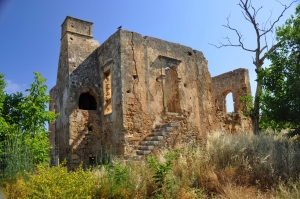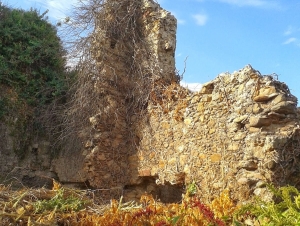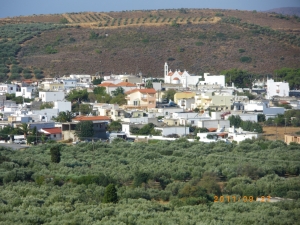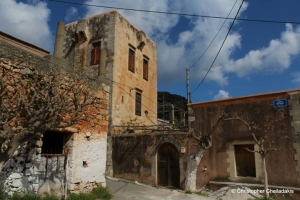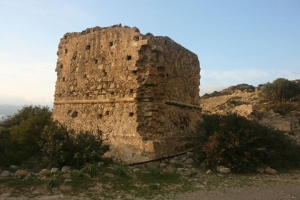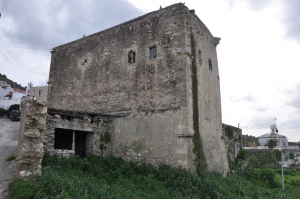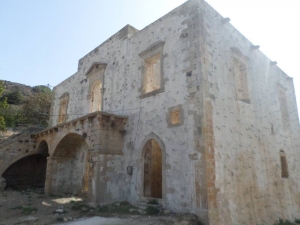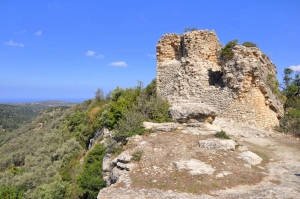At Kokkino Metochi, near Drapanias, or more specifically at the position Trevizana, the visitors can still see the ruins of the imposing Venetian mansion of Trevisan. It was a two-storey building with the ground floor being used as a warehouse and the upper floor as a residence.
Alikianos village, which is located in a lush green area 13km away from Chania, during the Venetian Era was the seat of the local lords called Damolino (Da Molin). In this heavenly place, the Venetian military family of Damolino had built a magnificent mansion - tower, the ruins of which still survive in the orchards of the area.
In the middle of the village there was a three-storey Venetian tower, built by the Venetians to secure their dominance over the wider region. It is considered that the tower belonged to the feudal family of Francesco Vlachos, as the crest of the Vlachos family is still surviving on a tomb in Agios Athanasios position (next to the village). When the Turks conquered the region of Sitia, they found the tower in excellent condition and used it immediately so as to oversee the area.
The tower of Mouzouras is a three storeydefensive building of the Venetian Era or more likely of the early Ottoman period, which is reserved in a very good condition. The tower was built with the same architecture with the towers at the corners of the fortification walls of Gouverneto monastery.
Above the village Vainia of Ierapetra you will meet the top of Stavros (Cross) with the white chapel of the Holy Cross in panoramic point that controls the entire isthmus of Ierapetra. Just a few meters away from the chapel at position Pirgos (i.e. tower) there is an unknown and forgotten Venetian tower. Its square shape surrounds a semicircular prominence, like as artistic edging.
The village Kouses is located west of Pompia and 62km southwest of Heraklion. Here lived the crypto-Christian family of Kourmoulis, numbering around 100 families in 1821.
In Rodopos, Kissamos Province, there was a reference for a Venetian villa, called Senekjana and built in 1575. It might be the mansion that still survives in the village and operates as a Centre for Information and Study of Rodopos Cape and Kolymbari wider area.











